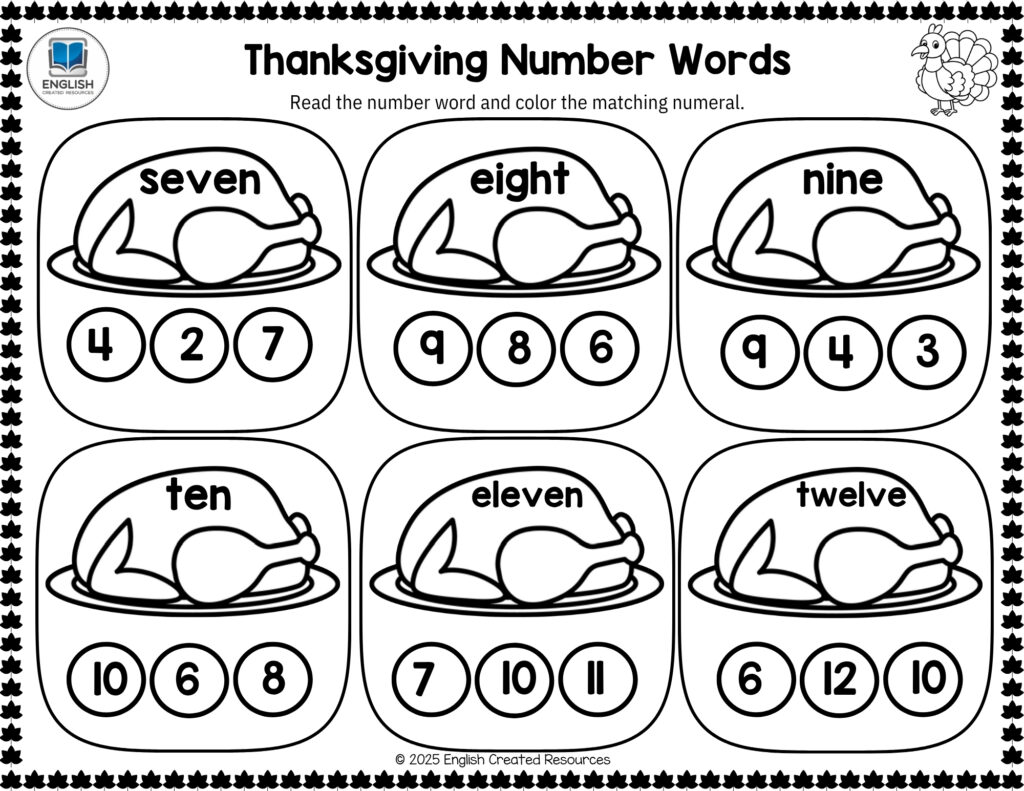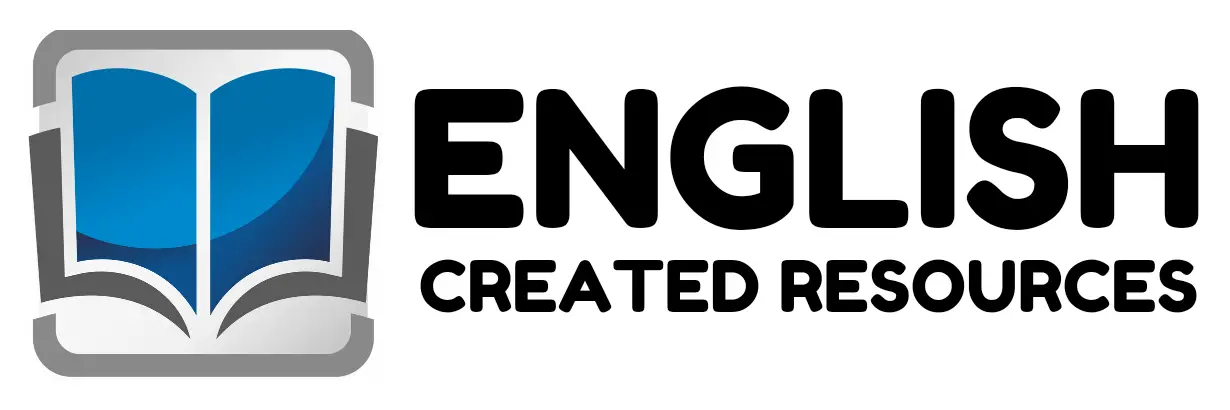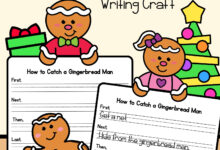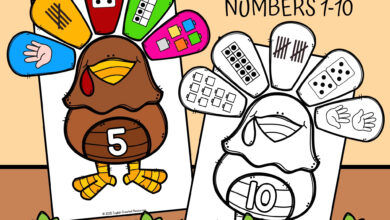Thanksgiving Math Activities

Thanksgiving Math Activities
Thanksgiving is a special time of the year that brings families, schools, and communities together to celebrate gratitude, kindness, and sharing. For young learners, this holiday is also a perfect opportunity to combine fun seasonal themes with valuable educational lessons. One of the most effective ways to do this is through Thanksgiving Math Activities. These themed learning experiences not only capture children’s interest but also play a vital role in developing essential cognitive, emotional, and social skills. Thanksgiving Math Activities help children learn mathematical concepts in a fun, hands-on, and meaningful way that connects learning to real-life situations.
Building a Positive Attitude Toward Math
Many children develop anxiety toward math at an early age because they perceive it as difficult or boring. Thanksgiving-themed math activities change that perception by presenting math in a joyful and creative context. When children count pumpkins, sort colorful leaves, or measure ingredients for a pretend Thanksgiving recipe, they see that math can be part of play and daily life. These activities turn abstract numbers into concrete experiences. As a result, children begin to associate math with fun and discovery, which helps build confidence and a positive attitude toward learning.
Strengthening Core Math Skills
Thanksgiving Math Activities are designed to enhance basic math skills such as counting, addition, subtraction, patterns, and measurement. For example, a simple activity like counting turkey feathers or adding up pieces of pie helps children practice number recognition and arithmetic in a way that feels natural and enjoyable. Sorting different Thanksgiving foods by size, color, or shape encourages logical thinking and classification skills. Measuring ingredients for a Thanksgiving dish helps children understand quantities and proportions. These experiences strengthen their foundational math skills, which are essential for later academic success.
Encouraging Hands-On Learning and Problem Solving
Hands-on learning is one of the most effective ways for young children to understand abstract concepts. Thanksgiving Math Activities encourage kids to use real objects like corn kernels, mini pumpkins, or cut-out turkeys to solve problems and explore math relationships. This type of tactile learning helps children make connections between what they see, touch, and count. For instance, creating patterns with Thanksgiving beads or sorting fall leaves by shape promotes problem-solving and critical thinking. Kids learn to experiment, predict outcomes, and test ideas — all crucial skills for cognitive development.
Promoting Fine Motor and Cognitive Development
Many Thanksgiving math projects involve cutting, gluing, coloring, and arranging items, which strengthens fine motor skills. As children manipulate small objects during math activities, they improve hand-eye coordination and precision. At the same time, their cognitive abilities are being developed as they compare quantities, recognize shapes, or estimate numbers. These activities engage both sides of the brain — the creative right side and the logical left side — making learning more balanced and holistic.
Get More Thanksgiving Activities Here
Encouraging Teamwork and Communication
Thanksgiving Math Activities also promote social and emotional growth by encouraging teamwork and cooperation. When children work in pairs or small groups to complete math challenges, they learn how to share materials, take turns, and communicate their ideas. For example, a classroom activity like “Build a Turkey Number Puzzle” requires kids to collaborate, count together, and problem-solve as a team. This type of collaborative learning fosters social skills, patience, and empathy — qualities that are just as important as academic knowledge.
Incorporating the Thanksgiving theme into math lessons also promotes cultural understanding and creativity. While children practice math, they also learn about gratitude, sharing, and the history of Thanksgiving. They can express creativity through activities such as designing turkey-shaped number charts or decorating math worksheets with fall colors and patterns. These artistic elements make math lessons more engaging while nurturing imagination and cultural appreciation.
Supporting Emotional Growth and Gratitude
Thanksgiving is centered on gratitude and reflection, and these values can be naturally woven into math activities. Teachers and parents can encourage children to count things they are thankful for, such as friends, toys, or family members. By integrating emotional awareness into math lessons, children learn to appreciate what they have while practicing counting and categorization. This not only strengthens their math abilities but also nurtures emotional intelligence and a sense of gratitude.
Thanksgiving Math Activities are much more than seasonal fun—they are a powerful educational tool that supports multiple aspects of a child’s development. From enhancing basic math skills and problem-solving abilities to promoting teamwork, creativity, and emotional growth, these activities help children learn in meaningful and enjoyable ways. By combining festive themes with academic learning, teachers and parents can make math come alive for young learners. In doing so, they help children develop confidence, curiosity, and a lifelong love for learning — all while celebrating the true spirit of Thanksgiving.
Samples From The Activities











